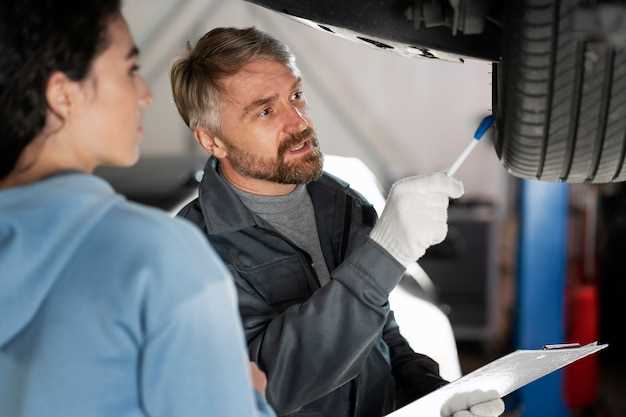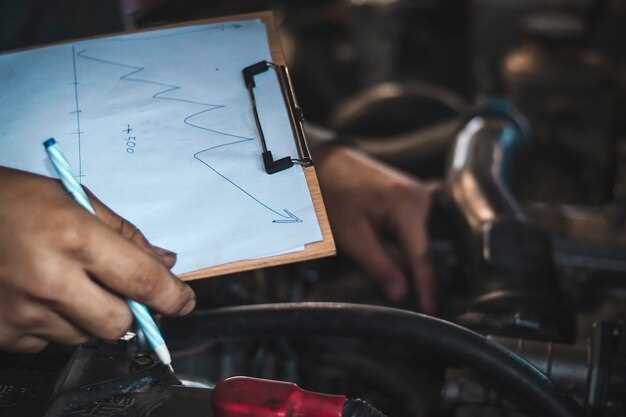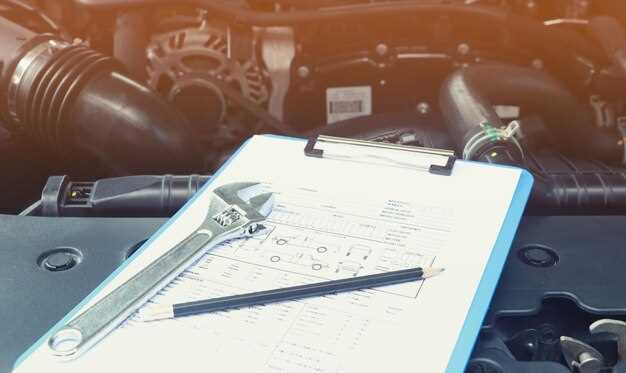
The rear swingarm is a crucial component in the overall performance and stability of your motorcycle. It connects the rear axle to the frame, allowing for smooth movement while riding. Regular maintenance of the swingarm is essential to ensure longevity and optimal performance. Neglecting this part can lead to serious handling issues and even costly repairs.
In this article, we will provide you with a comprehensive maintenance checklist specifically for the rear swingarm. By following these guidelines, you can enhance the durability of your motorcycle and improve your riding experience. This checklist will cover vital aspects such as lubrication, inspection for wear and tear, and alignment checks, ensuring that your swingarm operates efficiently.
Understanding how to maintain the rear swingarm not only helps in prolonging its lifespan but also enhances safety on the road. With proper care, you can enjoy a smoother ride and avoid unexpected breakdowns. Whether you are a seasoned rider or a motorcycle enthusiast, this checklist will serve as a valuable resource for keeping your bike in top shape.
Visual Inspection of Swingarm Condition

Conducting a visual inspection of the swingarm is essential for ensuring the longevity and performance of your motorcycle. Start by examining the entire swingarm for signs of damage, such as cracks, dents, or corrosion. Any visible imperfection can lead to serious issues while riding, compromising both safety and handling.
Next, pay close attention to the bearings located within the pivot points of the swingarm. Inspect the area for any signs of grease leakage or degradation of the seals, which could indicate that the bearings are worn out or failing. A thorough inspection will help you identify if the bearings are snug and properly lubricated. Listen for unusual noises when moving the swingarm up and down; grinding or knocking sounds are often indicative of bearing issues.
Additionally, verify the alignment of the swingarm. Misalignment can occur due to impacts or improper installation. A visual check can often reveal if the swingarm is situated correctly relative to the frame of the motorcycle. Lastly, ensure that all fasteners and bolts securing the swingarm are tight and free from rust or corrosion, as this contributes to the overall stability and safety of the motorcycle.
Lubrication Procedures for Swingarm Bearings

Maintaining the swingarm bearings is crucial for optimal motorcycle performance and longevity. Proper lubrication minimizes friction and wear, ensuring smooth operation of the swingarm. Follow these steps for effective lubrication procedures.
Begin by ensuring that the motorcycle is securely elevated on a stand, allowing easy access to the swingarm. Next, remove any components that obstruct access to the swingarm bearings, such as the rear wheel and chain. Take special care when dismantling parts, noting their positions for reassembly.
Once the swingarm is accessible, clean the bearing area thoroughly. Use a degreaser to remove any dirt, grime, or old grease that may have accumulated over time. Ensure that both the bearings and the surrounding surfaces are spotless to promote proper lubrication.
After cleaning, inspect the bearings for any signs of damage or excessive wear. If any issues are detected, consider replacing the bearings before proceeding with lubrication. Once confirmed that the bearings are in good condition, prepare your lubrication of choice. It is advisable to use high-quality grease specifically designed for motorcycle bearings.
Apply the grease generously to both the inner and outer surfaces of the bearings. Make sure to pack the grease into the bearing races to ensure it reaches all necessary areas. Additionally, lubricate the swingarm pivot points where the swingarm rotates, as this is critical for smooth movement.
After lubrication, reassemble the swingarm and other components in the reverse order of disassembly. Ensure that all bolts are tightened to the manufacturer’s specifications for safety and performance. Finally, spin the swingarm gently to distribute the grease evenly within the bearings.
Regularly check and maintain swingarm bearings with lubrication every few thousand miles, or as recommended by your motorcycle’s owner manual. Consistent maintenance will enhance the performance of your motorcycle and contribute to a safer riding experience.
Identifying Wear and Replacement Indicators
Regular inspection of the swingarm is crucial for the overall performance and safety of a motorcycle. Several indicators can signal wear and the need for replacement. First, check for any visible cracks or dents on the swingarm’s surface. Even minor damage can compromise structural integrity over time.
Next, examine the bushings and bearings within the swingarm for play or looseness. A certain amount of movement is normal, but excessive play can indicate that these components have worn out and require replacement.
Listen for unusual noises while riding, such as clanking or rattling sounds coming from the rear suspension area. These may point to a failing swingarm or its attachments. Additionally, monitor for any noticeable changes in handling, especially during cornering or acceleration, which may suggest alignment issues stemming from swingarm wear.
Inspect the swingarm pivot area for any signs of rust or corrosion. Accumulated grime and moisture can lead to premature wear of the pivot point, necessitating replacement. Make it a habit to clean and lubricate this area regularly to extend its lifespan.
Lastly, check the swingarm for any signs of misalignment. An uneven tire wear pattern may also indicate alignment issues originating from a worn swingarm. If multiple indicators of wear are present, consider replacing the swingarm to maintain optimal motorcycle performance and safety.





